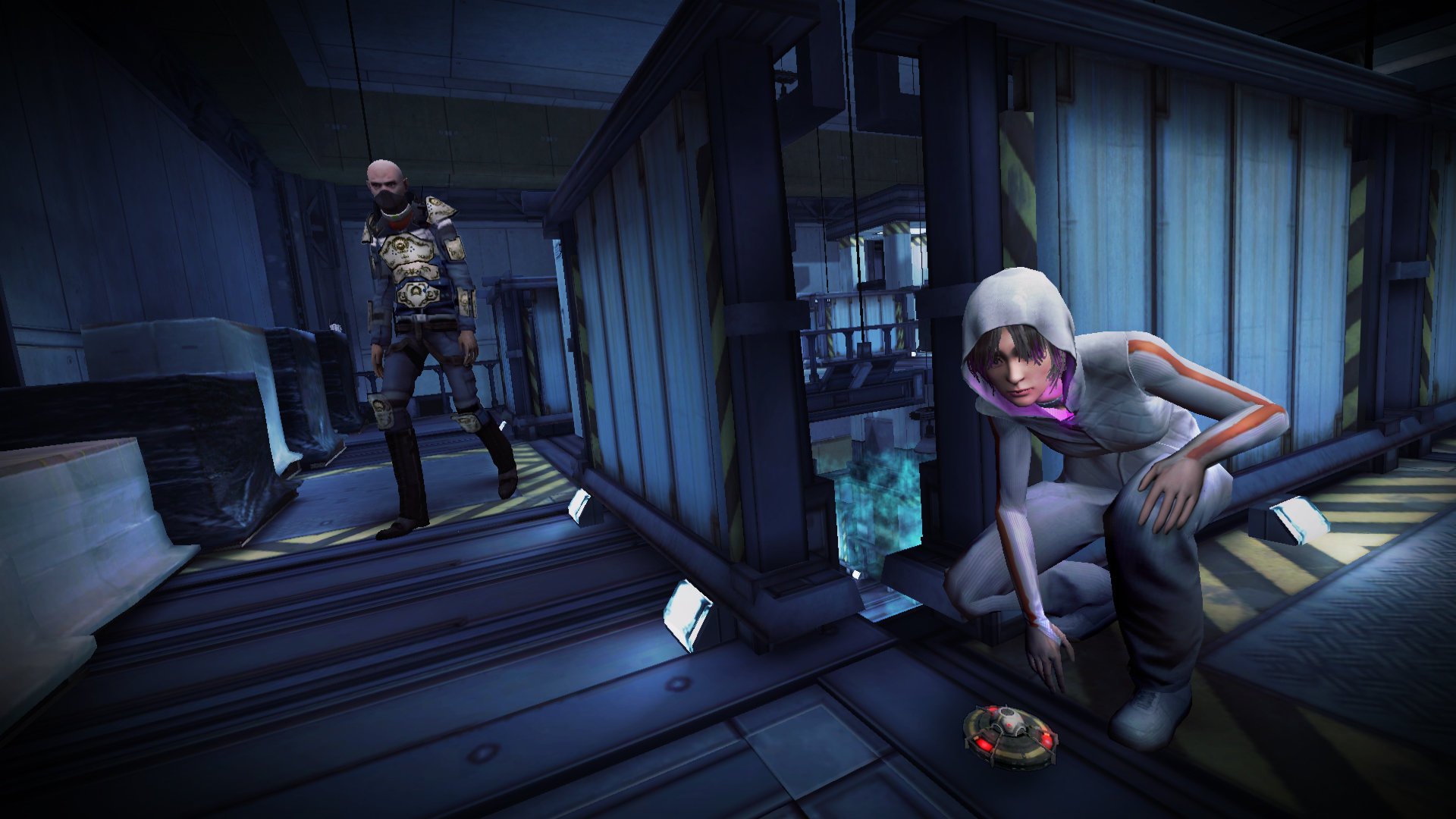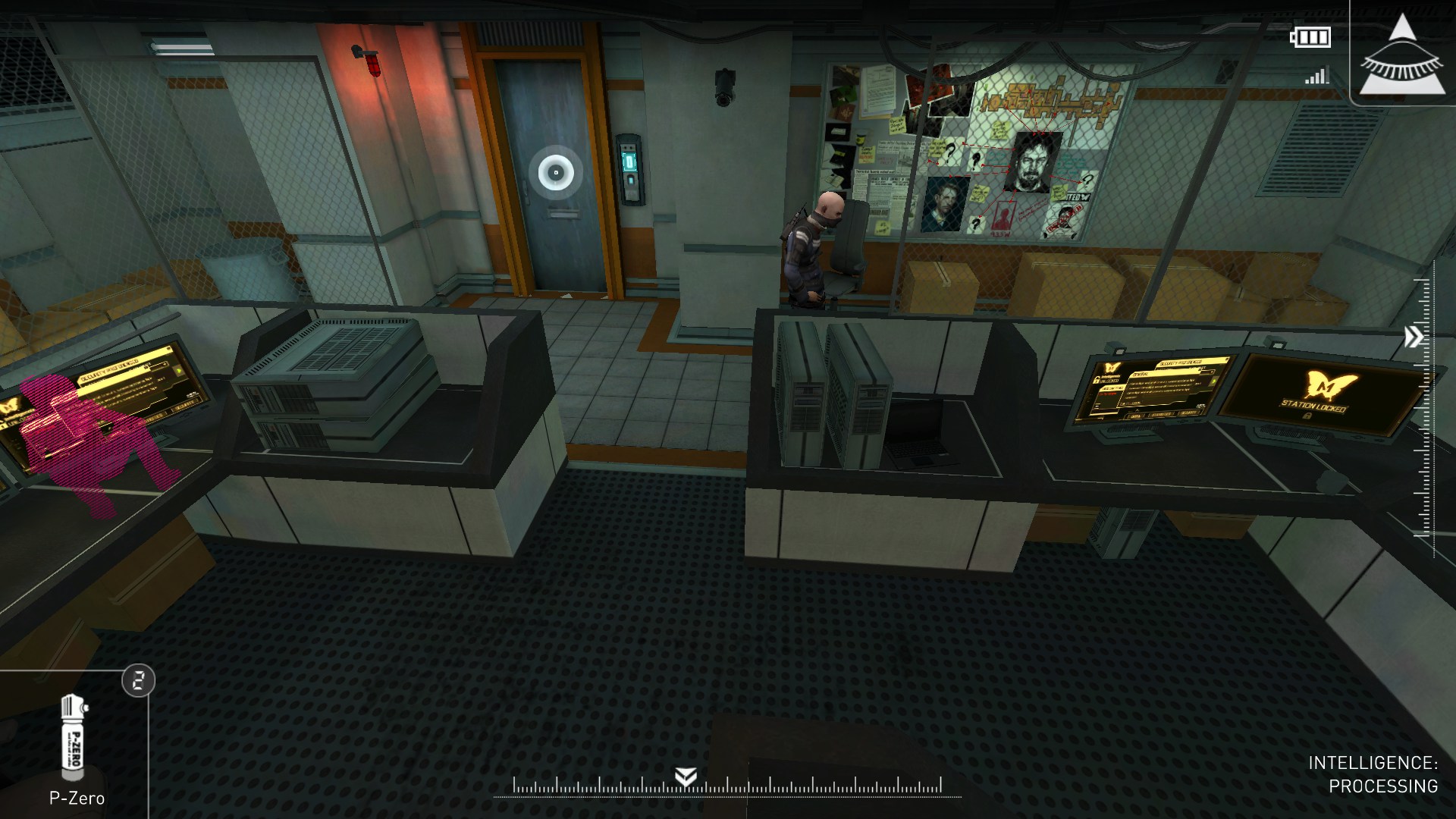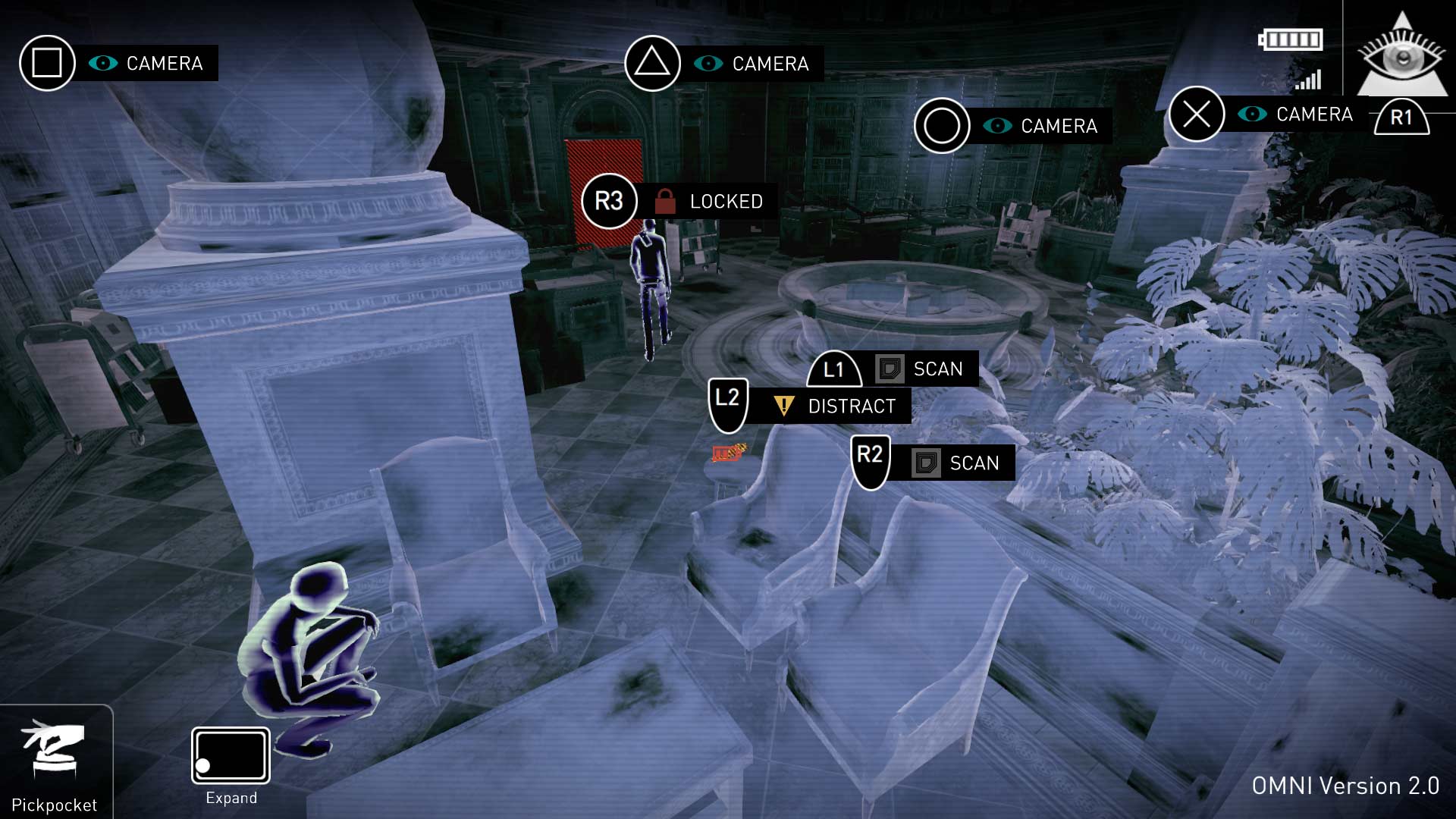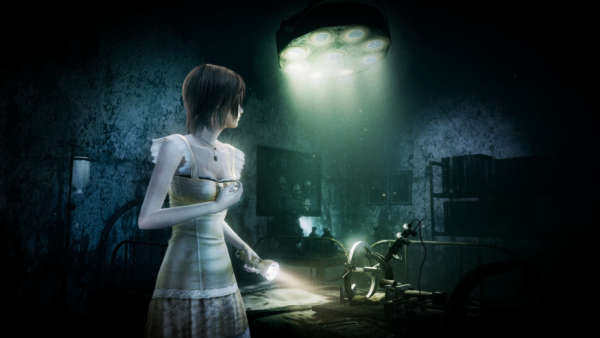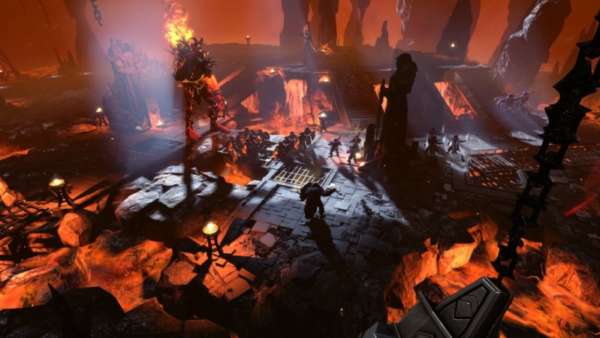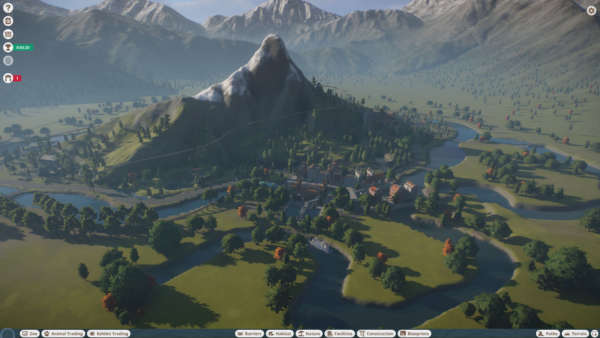Warning: This review may contain spoilers.
With over $550,000 pledged on Kickstarter and a solid team comprised of industry veterans that worked on titles such as Metal Gear Solid IV and Halo 4, Republique had a lot of potential. Set in a dystopian city-state inspired by the events of George Orwell’s 1984, players control Hope: A teenage girl who realises everything the leader and dictator of Metamorphosis, the facility most of the game takes place in, says isn’t exactly true. The entire premise of the game is finding a way to get Hope to the surface. 390-H is the alphanumeric code she’s known as to the Prizrak; the guards that patrol Metamorphosis, and watch over Hope and the other ‘pre-cals’ like her.
Episode One kicks things off with a phone call. You answer and are greeted by a distraught face via video call we soon find out to be Hope, in a panic as it’s her time to be ‘erased’. You’re then introduced to the game’s main mechanic; hotswitching between different CCTV cameras dotted in convenient locations around the facility. Unfortunately, that’s also the introduction to one of the main problems with the game: it’s horribly optimised for PS4. Jumping between cameras should be a fluid motion, but if often takes 10-15 seconds of staring at grey static before the next security feed appears, breaking immersion and severely affecting any enjoyment you may find with Republique. This comes as an even bigger surprise given the game was initially on iOS and while it’s been remastered with plenty of improvements, performance issues are not something you’d expect with a game that previously ran on smartphones.
Conceptually, Republique is a fine idea. You can pause time while in the ‘OMNI’ view, enabling you to switch between cameras, scan collectibles, activate distractions and a whole bunch more. When not in OMNI view, you control Hope as she sneaks around Metamorphosis, finding help from unlikely sources. There’s no combat in the game; if Hope is caught by a guard, she can either quickly pepper spray or taser them, or be escorted to the nearest cell which is another major issue. Being caught by the Prizrak has essentially zero consequences; your progress isn’t reset, you still have all the collectibles you found and sometimes you’ll find you’ll be taken to a cell closer to your goal, in essence being an aid rather than a hindrance. Your items get confiscated but retrieving them is as simple as pickpocketing the guard that captured you; a surprisingly easy feat due to the lack of peripheral vision they seem to have, meaning you can almost walk right next to them and not be spotted.

